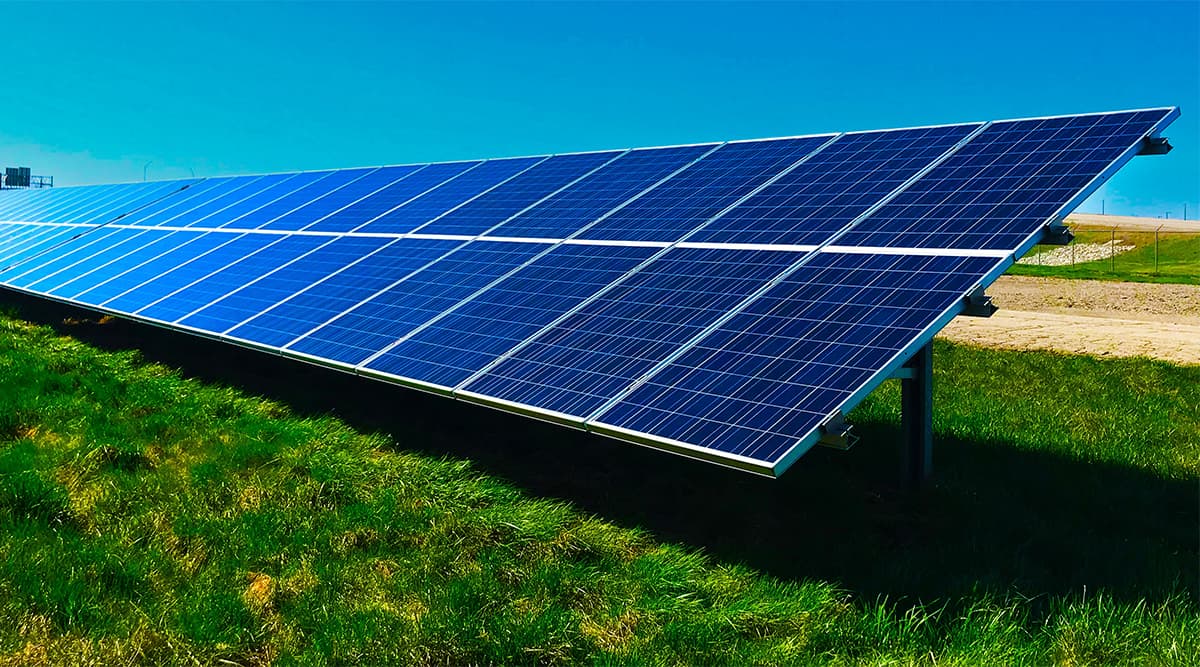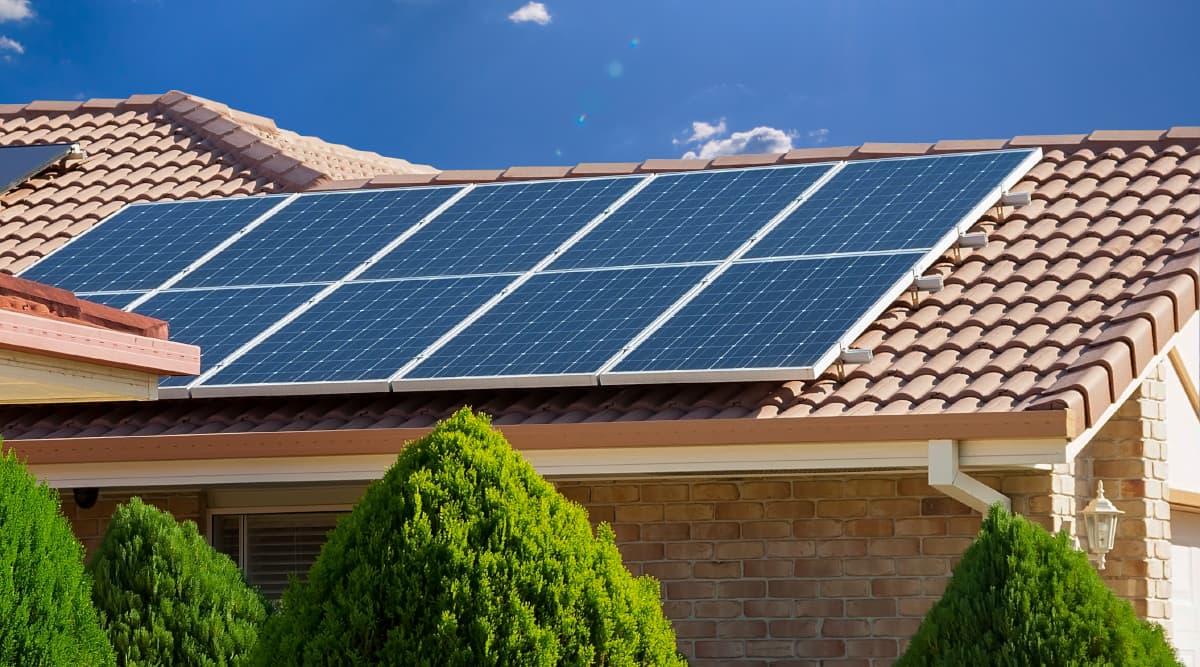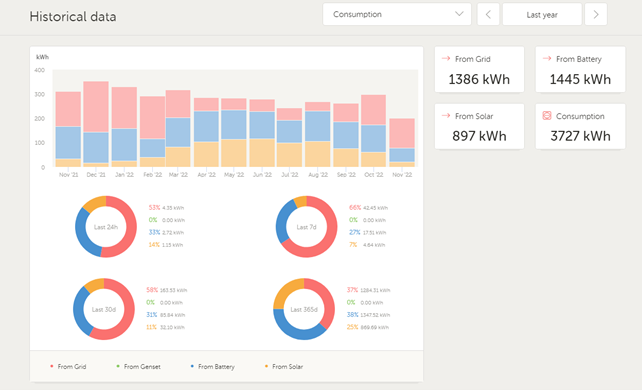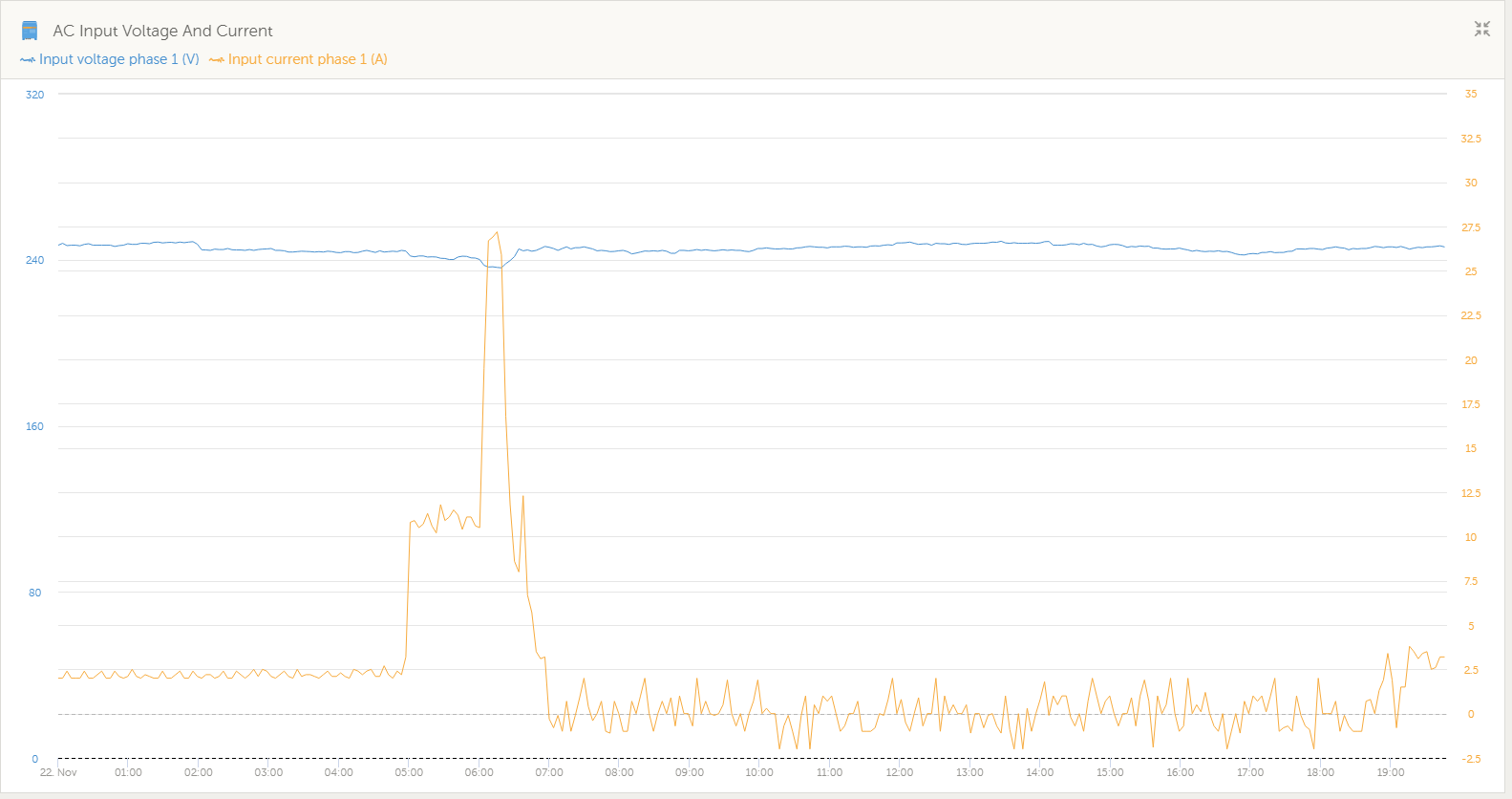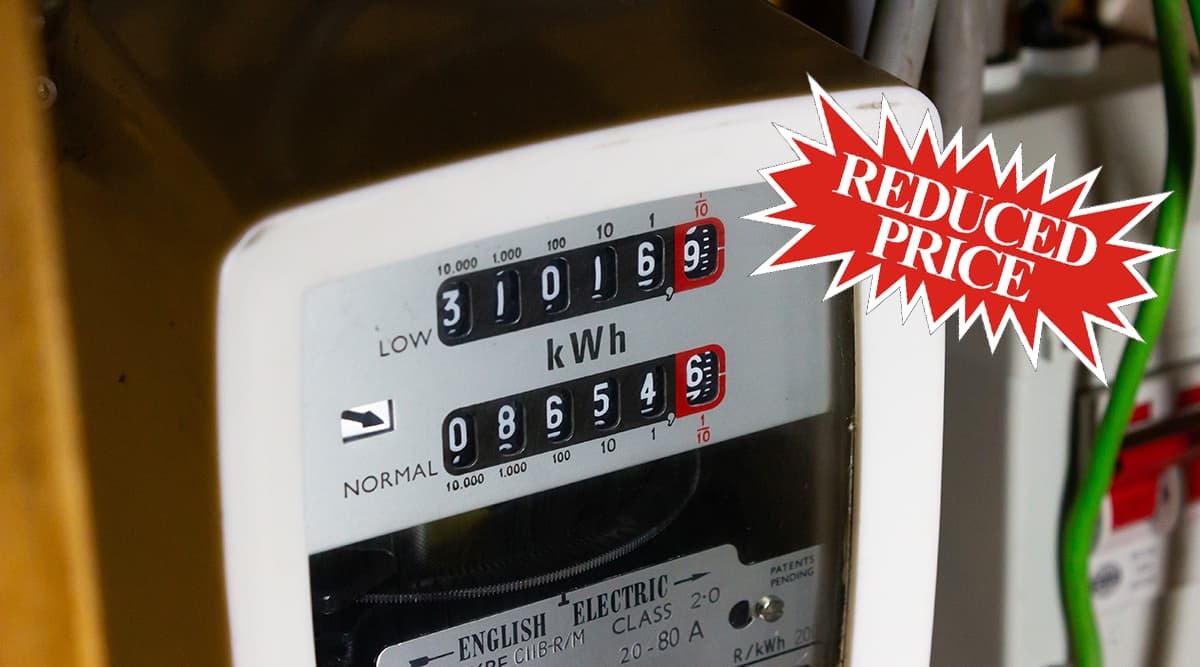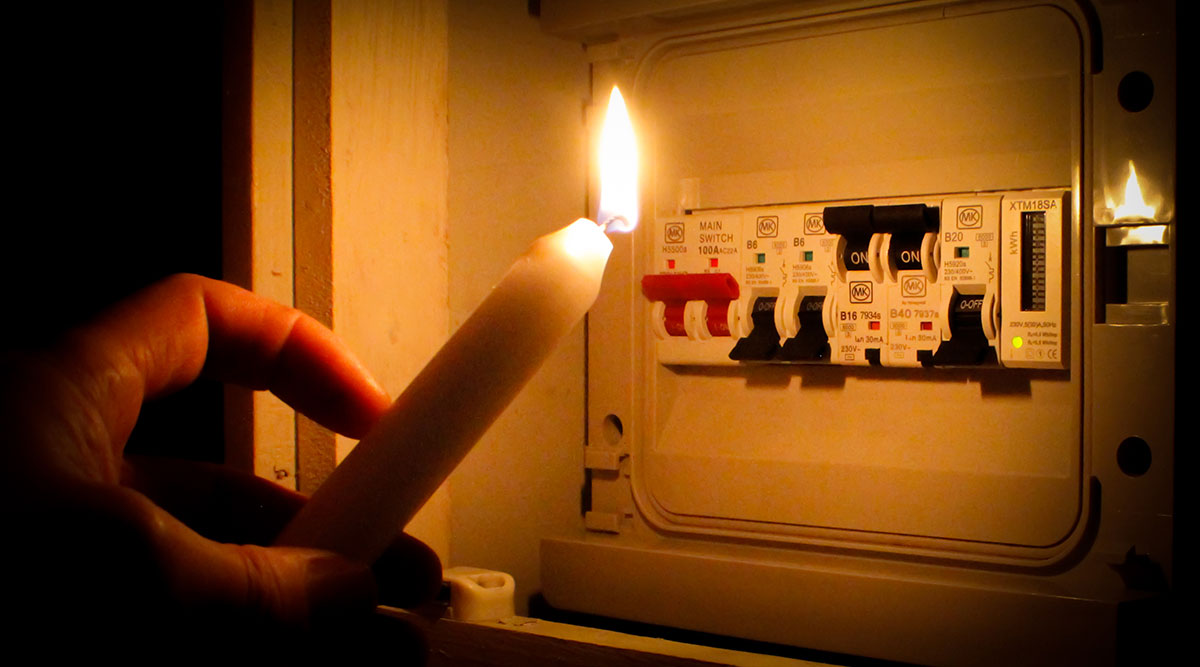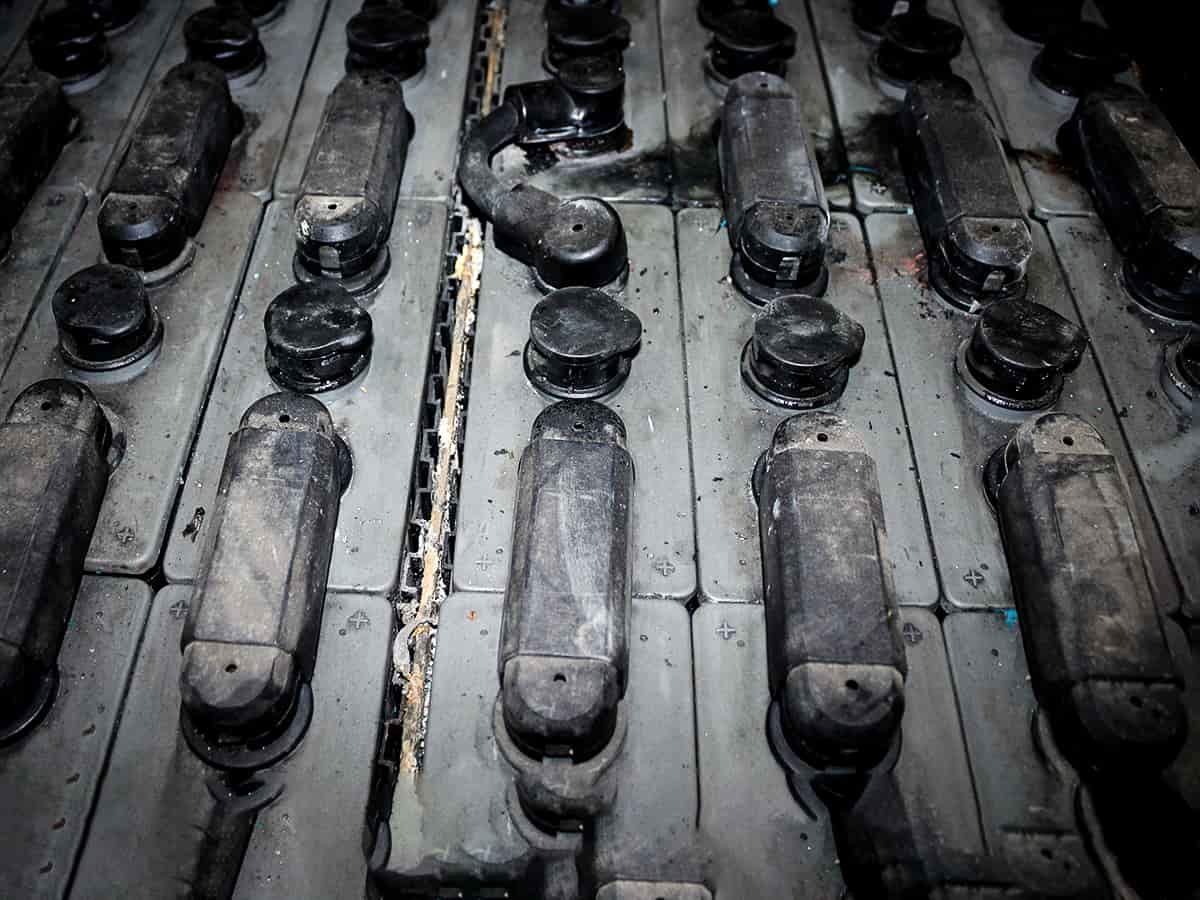
If you are considering large volume ESS batteries for home or business use, then you are aiming to bring stable energy at a reduced cost to your home. Thousands upon thousands of people have already set-up this system. Some of them have a great structure in place, ticking all their boxes whereas others are struggling with poor-performance, battery capacity loss and round-trip inefficiency. In short, they are regretting the day they switched to ESS batteries. Here are some of the potential reasons for this and how you can avoid it.
The Wrong Batteries
Some people invest heavily in a battery set-up. Yet they do not take the time to ensure these are the correct batteries for them. In some situations, people simply have the wrong batteries. This is one of the reasons why set-ups can be poor. There are lots of batteries on the market of different types. It is important to get the right ones for the set-up you have. We always suggest using a professional like HOWETEC to check your needs before you purchase. This way you know you are investing in the right kind of batteries.
Too Little Power
There are a huge range of large volume ESS batteries on the market yet there are many different types. Quite often buyers are looking to cut costs where possible. Perhaps, they decide not to get a professional to help them work out what their set-up needs. Therefore, they end up hoping that they can manage with one or two batteries when they actually need more. They simply do not have the power they need to cover the day. This set-up ends up being extremely inefficient and unworkable.
Poor Performing Batteries
There are a lot of poor performing ESS batteries out there. They look great on the surface of things, even big brands, but buyers do not realise they have issues. A large number of these batteries are lead-based and typically they can only discharge down to 50%. Due to this, people think they are getting a certain amount of potential power, but it is maybe half of what they expect. For other batteries they quickly degrade and also after two years give poor performance, which is not as expected. With Eco Power Direct’s EVE LiFePO4 ESS batteries, there is another way. Whether you need to replace poor performing batteries or you are thinking about large volume batteries for the first time, the advice is the same. Our lithium-ion batteries can discharge down to 20%, so they can go longer without charging. They offer long-lasting high performance. Do not forget to ask a professional to check your requirements before you buy. You must have the right number of batteries for your needs – you can link up to 15 of our batteries together in parallel. Additionally, we have an example of a real three-bedroom house you can check out too. Our batteries are effective, efficient and great quality. We encourage you to do your research to find the right option for you. If our batteries are right, we can assure you it is an excellent product.
